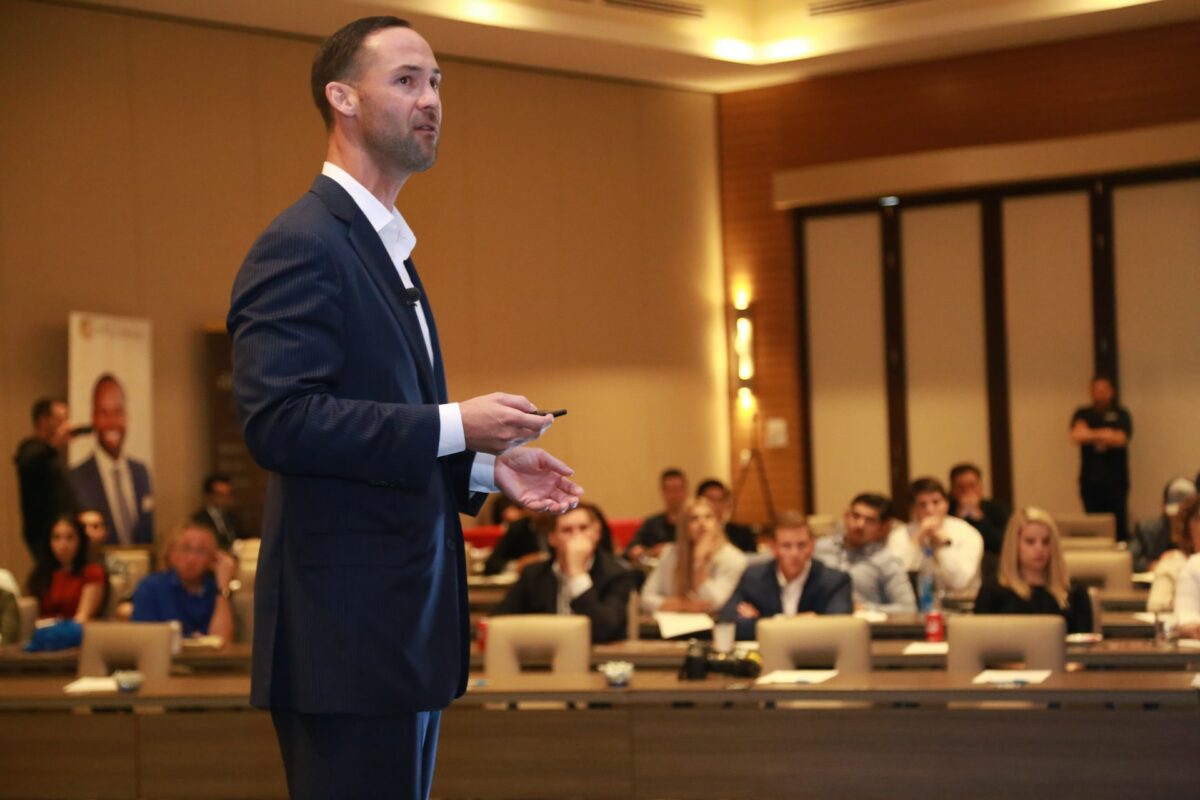The hotel industry uses a segmentation designed by consultancy STR that is all about price, service and amenities. This segmentation uses language that most humans would find bizarre when thinking about their hotel stay. No matter how many consultants provide insight to hotel groups, the default is always price, service and amenities. The STR hotel segmentations basically looks like this: Economy, Mid-Scale, Upper Mid-Scale, Upscale, Upper Upscale and Luxury.
But, now, possibly, as intriguingly described in Bloomberg BusinessWeek, Ian Schrager, entrepreneur, hotelier and co-founder of famed Studio 54, has decided to defy the conventional hotel segmentation approach in describing his vision for his new hotel idea. Mr. Schrager wants to create hotels that are luxury but without the services and amenities. Mr. Schrager wants to create hotels with luxurious experiences that do not depend on multiple on-site staffers and niceties.
In other words, M. Schrager is looking at the hotel from the guest’s standpoint, appealing to their emotional and social rewards associated with experiences rather than the owners’ views as to “… how little can I offer for the room fees I am charging?”
According to Mr. Schrager, the idea for expanding and enhancing his already established lower Manhattan Public hotel is based on his observation that “… luxury has a new and different meaning today. Luxury right now is having freedom – freedom from hassles to make everything easy, freedom of time, freedom to devote your personal tie to the things that matter to you.” Mr. Schrager envisions a chain of these hotels.
This new luxury concept turns the standard STR segmentation on its head. Forget the linear track from Economy to Luxury. In this new world, Economy and Luxury are merged: a luxurious lifestyle feel of bold and cool delivered minimal staff and lack of goodies. Mr. Schrager compares his new Public concept to his legendary (notorious) Studio 54. The aura of luxury is delivered socially – a mixture of celebrities and locals of all ages– rather than by “white glove services that are over two hundred to three hundred years old.”
The new Public will be a new “genre.” At its core is a “soul of luxury” packaged into a lifestyle hotel configured with less expensive, limited services. How is this such an explosive thought? Here are the standard STR definitions of hotel segments (see STR online definitions):
Economy hotels: Tend to have a mix of mostly K-type (king-size) rooms, offer only a self-serve breakfast and usually lack function space and recreational facilities.
Midscale hotels: Usually have a mix of mostly K-type (king-size) rooms, offer self-serve breakfast only. They may have limited function spaces (if so I typically is about less than 1 seat per key) and offer fitness room and/or swimming pool.
Upper Midscale hotels: Typically have a mix of mostly K-type (king-size) rooms, may offer full service or fast casual model F&B facilities. They offer a function spaces (about less than 2 seats per key), fitness room and may have a pool.
Upscale hotels: Typically have a mix of mostly K-type (king-size) rooms. May offer full service or fast casual model F&B facilities. They offer a function spaces (about less than 3 seats per key), fitness room and swimming pool.
Upper Upscale hotels: Typically have a mix of mostly K-type (king-size) rooms and Club level rooms, they will offer at least 1 full service 3 meal restaurant plus one bar or lounge. They offer a function spaces and business center (a minimum than 3 seats per key), fitness room and swimming pool and they might have a spa.
Luxury hotels: Typically have a mix of mostly K-type (king-size) rooms and Club level rooms. Typically, they have two or more restaurant plus one or two bar/lounges. They offer a function spaces and business center (a minimum than 3 seats per key), fitness room and swimming pool and spa facilities.
As you can see from the definitions of the hotel segments, the merging of Economy and Luxury is antithetical to hotel owners.
Of course, there is a financial benefit to an economy luxury hotel. Margins are better at economy style hotels. Luxury hotels have much more overhead what with staff, bathrobes, slippers, towels, restaurants and spas. Since Mr. Schrager does not franchise his hotels, he is quite conscious of margins, according to Bloomberg BusinessWeek.
But, just imagine the merging of both ends of the hotel segmentation. Imagine a segmentation that includes the guest’s emotional and social desires. Mr. Schrager believes that the first iPhone exuded these same qualities of desire, luxury, simplicity, “design and utility.” When you first opened the iPhone box it was a “wow” moment.
If Mr. Schrage pulls off this new concept in hospitality, and there is no reason to doubt his success, the standard approach to hotel segmentation may forever be altered. No potential guest discusses their hotel stay using language like Upper Upscale or Upper Mid-Scale. The hotel industry would be able to create properties designed to satisfy guests’ functional, emotional and social benefits while reflecting guests’ personal values.
Contributed to Branding Strategy Insider by: Larry Light, Author of The Paradox Planet: Creating Brand Experiences For The Age Of I
The Blake Project Can Help You Understand Those That Matter Most To Your Future: Simply email us for more about our market segmentation services.
Branding Strategy Insider is a service of The Blake Project: A strategic brand consultancy specializing in Brand Research, Brand Strategy, Brand Growth and Brand Education




